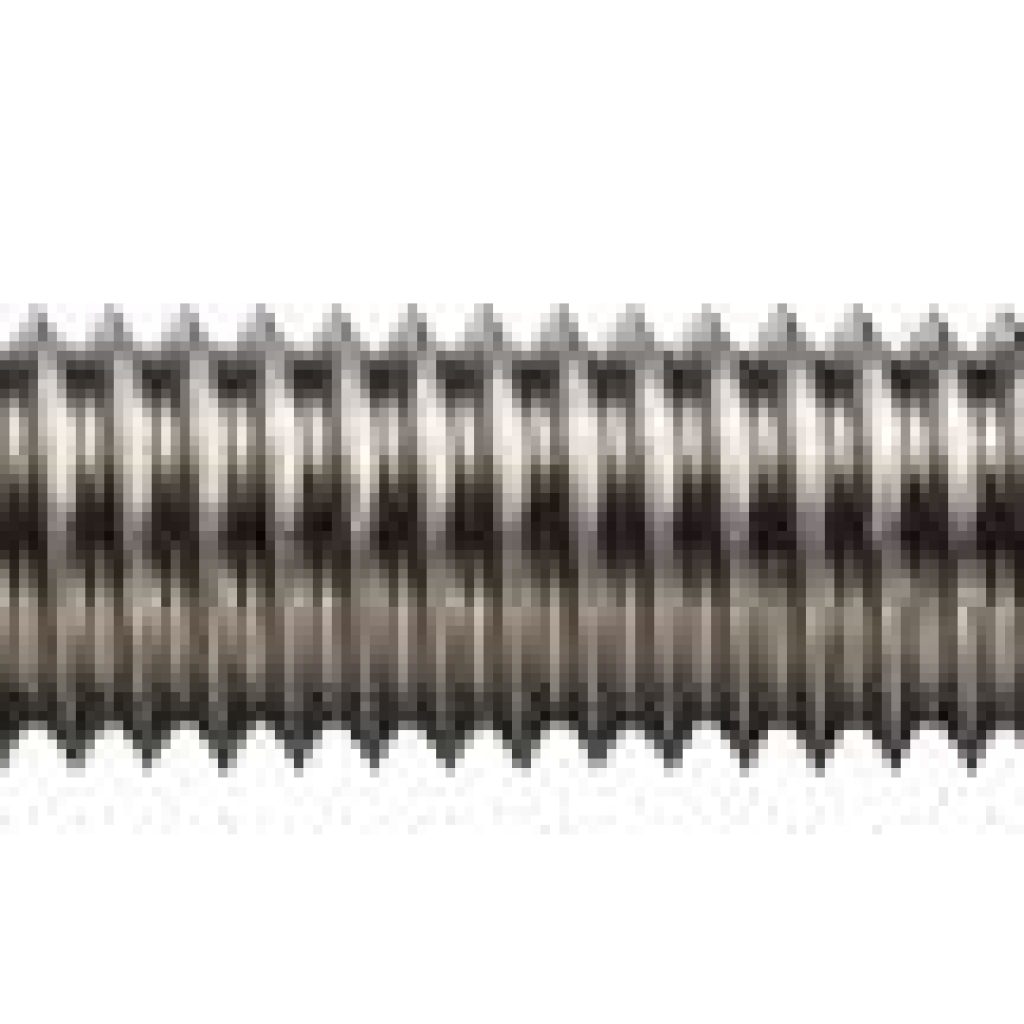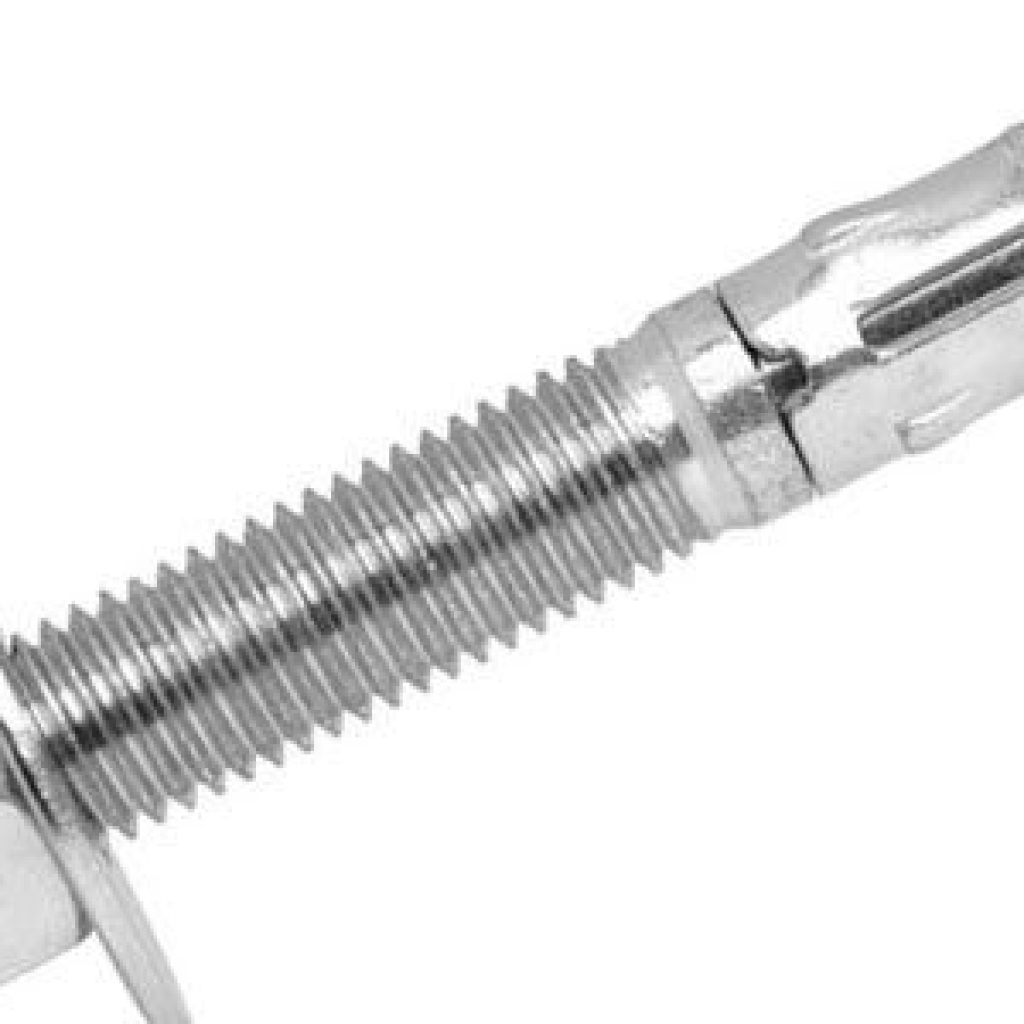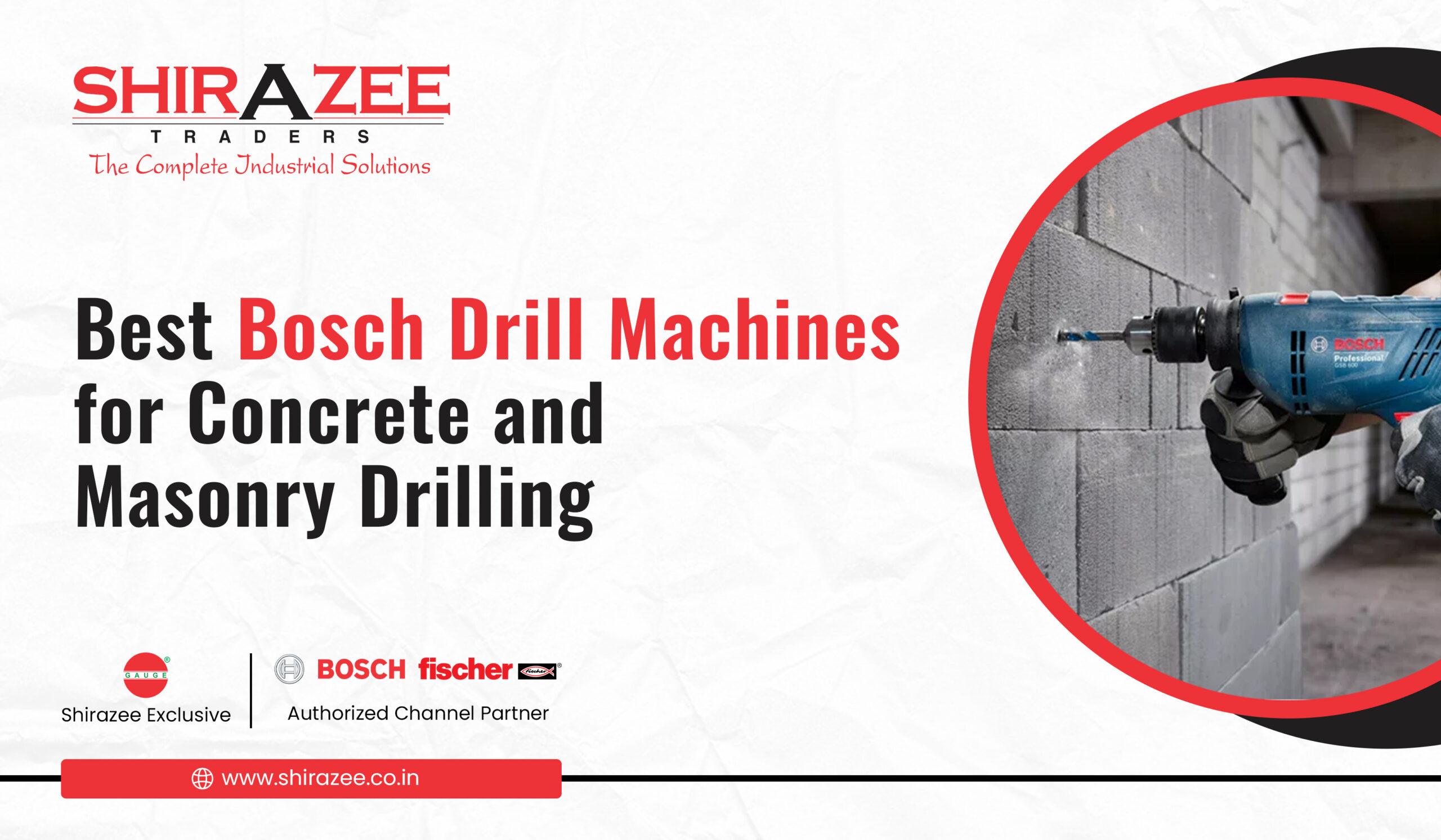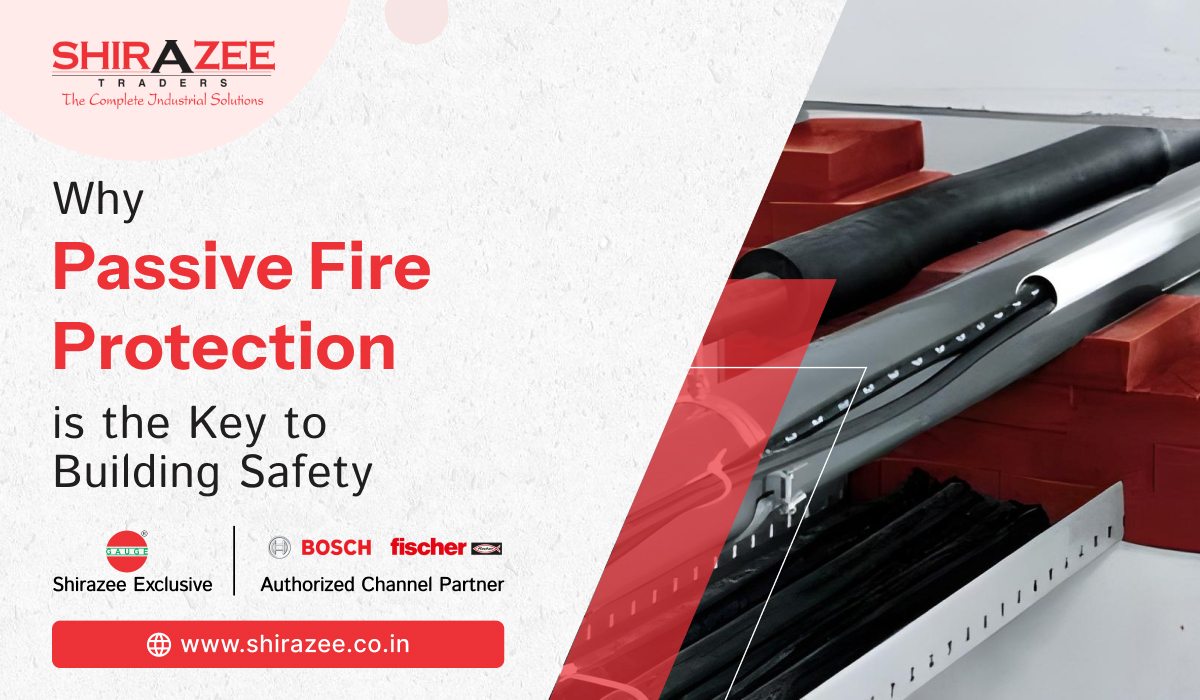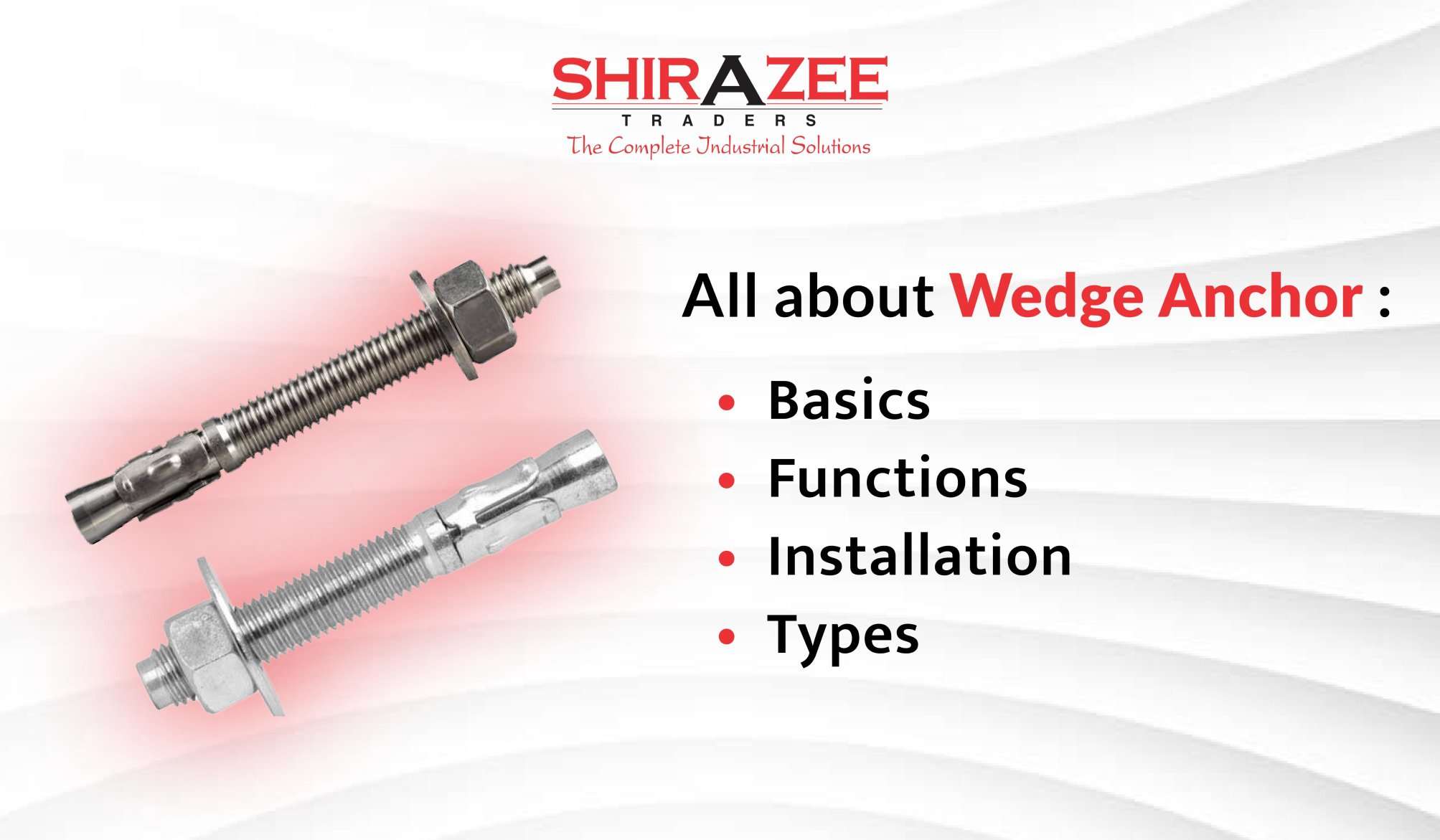
Introduction:
When it comes to securing heavy objects to concrete or other solid materials, wedge anchors are indispensable hardware tools. These reliable fasteners provide exceptional strength and stability, making them a popular choice in various construction and industrial applications. In this blog, we will delve into the basics of wedge anchors, their functions, installation process, and different types available in the market. Whether you are a DIY enthusiast or a professional contractor, understanding the fundamentals of wedge anchors will empower you to make informed decisions when it comes to selecting and using them effectively.
Basics of Wedge Anchors:
Wedge anchors are mechanical fasteners. They are widely used in construction, infrastructure projects, and industrial applications where secure fastening is crucial. Wedge anchors consist of four primary components: a threaded anchor body, an expansion clip, a nut, and a washer. The wedge anchor body is made of Mild steel, steel, stainless steel, or other materials with high tensile strength, ensuring maximum load-bearing capacity.
Functions of Wedge Anchors:
The primary function of wedge anchors is to provide a reliable and robust connection between an object and the base material, preventing movement, shifting, or dislodgement. These anchors work by expanding and gripping the surrounding concrete or masonry when the nut is tightened. The expansion clip wedges into the base material, creating a secure bond that resists both shear and tensile forces. Whether you need to attach structural elements, equipment, or fixtures, wedge anchors offer exceptional holding power and durability.
Installation Process:
Installing wedge anchors correctly is crucial to ensure their optimal performance. Here’s a step-by-step guide for installing wedge anchors:
Preparation:
Gather the necessary tools, including a hammer drill, drill bit, wrench, and safety equipment such as goggles and gloves. Ensure the chosen wedge anchors are suitable for the application, taking into account the load requirements and the type of base material.
Drilling:
Use a hammer drill with a carbide-tipped masonry bit to drill a hole in the base material. The diameter of the hole should match the diameter of the wedge anchor being used. Clean the hole of any debris using a brush or compressed air.
Inserting the Anchor:
Insert the wedge anchor into the hole, making sure it is flush with the surface. Ensure the threaded end of the anchor is facing up.
Setting the Anchor:
Use a wrench to tighten the nut on the anchor until it is snug. Avoid over-tightening, as this may compromise the integrity of the anchor or damage the base material.
Finishing:
Once the wedge anchor is securely in place, remove any excess nut threads and place the desired object or fixture onto the anchor.
Types of Wedge Anchors:
Steel Wedge Anchors:
These anchors are the most common and widely used type. They offer excellent strength and are suitable for a wide range of applications.
Stainless Steel Wedge Anchors:
Ideal for outdoor and corrosive environments, stainless steel wedge anchors provide superior resistance to rust and corrosion. They are commonly used in marine applications and areas with high humidity or exposure to chemicals.
Mild Steel Wedge Anchors:
Mild steel wedge anchors are an economical choice for applications where high corrosion resistance is not a primary requirement. They are typically used in interior installations where the environment is dry and free from moisture or chemicals. Mild steel wedge anchors offer good strength and are commonly utilized in residential and light commercial construction projects.
Conclusion:
Wedge anchors are versatile and robust fasteners used to secure heavy objects to concrete and masonry. By understanding the basics of wedge anchors, their functions, proper installation process, and the different types available, you can select the most suitable anchors for your specific needs. When purchasing wedge anchors, consider reliable hardware tools manufacturers and suppliers, ensuring you source from reputable sources that offer high-quality products. With the right knowledge and tools at hand, you can confidently complete your projects, knowing that your structures and fixtures are securely anchored for long-lasting stability.


